One of the most important steps to follow when sewing is choosing the right needle for your project. A wrong needle can leave holes in the fabric, snag it or skip stitches so let’s answer the two most common questions regarding sewing needles.
What does that number mean?
Let’s start by understanding the numbers on the packaging or needles. You will notice most sewing machine needles have two numbers on them. The numbers from 60 to 110 reflect the European metric system while the numbers from 8 to 18 represent the American needle sizing. For example, an universal needle 90/14 means it’s Euro size 90 and US size 14. As a general rule, the lower the number, the finer the needle and the higher the number, the bigger the needle.
8-10 (60 – 70) – great for very fine weight (like fine silk, chiffon, organza)
11-12 (75 – 80) – use these sizes for light weight fabrics ( cotton spandex, cotton voile)
14 (90) – perfect for medium weight fabrics ( cotton woven, linen, jersey, fleece)
16 (100) – this size is great for heavy fabric (denim, duck, corduroy )
18 (110) – use these needles when sewing very heavy fabric ( heavy denim, upholstery)
20 (120) – very, very heavy fabric
Note: some automatic threader sewing machines may not be able to thread lower number needles so you will have to manually thread it.
What are the most common types of needles and what fabric do I use them with?
Universal needles: These needles are the most common used ones.. They pierce through the fibers. These needles are great for woven fabrics and stable knits.
Ball point or jersey needles: They have a round tip and they go around the fibers or in between the fibers of the fabric, keeping its integrity. They are best suited for knit materials.
Stretch needles: These needles are sharper than ball point needles but follow the same concept as them. They do not pierce the fibers but go in between them. These ones are perfect for very stretchy fabric like performance knits or swimwear and elasic.
Jeans or Denim needles: This style needle is very thick and sharp. It goes through the fabric and it’s best used with denim or heavier fabric like outdoor wovens and duck.
Microtex needles: The tip of microtex needles is very sharp and thin. It is ideal for thin, delicate fabrics like chiffon or crepe.
Leather needles: The chisel point will make it easy for this needle to penetrate thick fabrics like leather and some thick vinyls. Do not use on ultra suede.
Some other type of needles you will see in the notions section are: quilting , embroidery, top stitching, metalfil, self threader, twin needles or triple needles.
You may notice colors that accompany the various styles of needles. Some needle manufacturers have started adding colors to their products so it make it easier to distinguish the type.
For the best results don’t forget to change your sewing machine or serger needles after each project. They tend to get dull rather easily and a dull needle will snag your fabric. Now that you have your perfect needle for your perfect fabric, grab that P4P pattern and don’t forget to share your creations in the group!
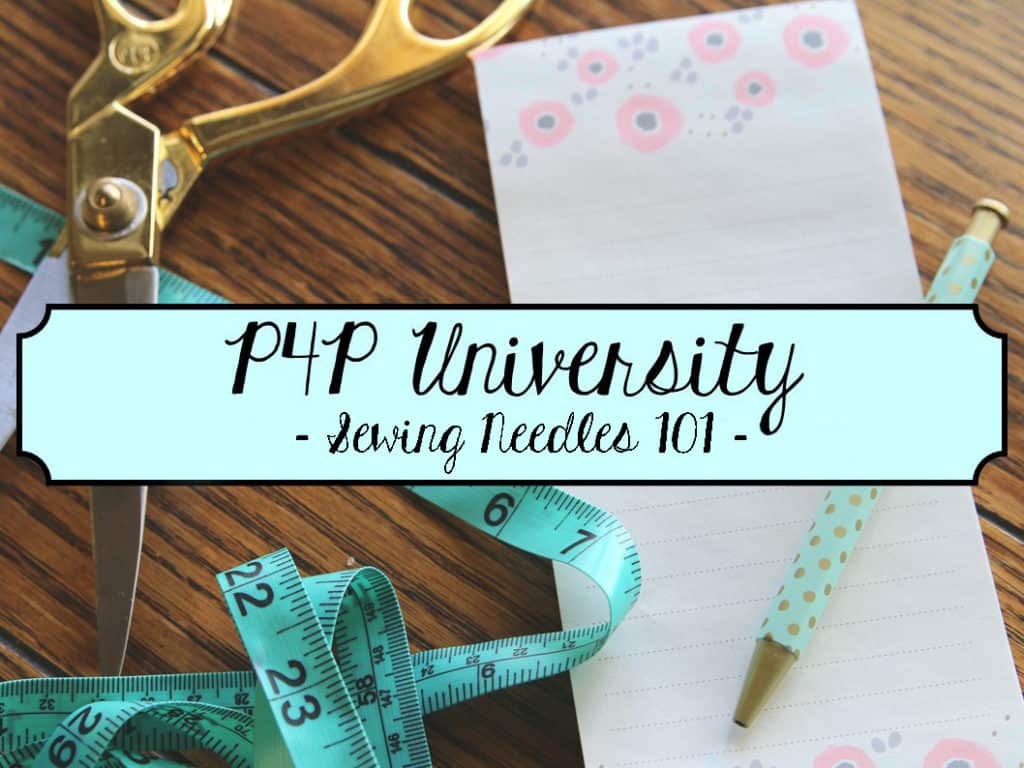

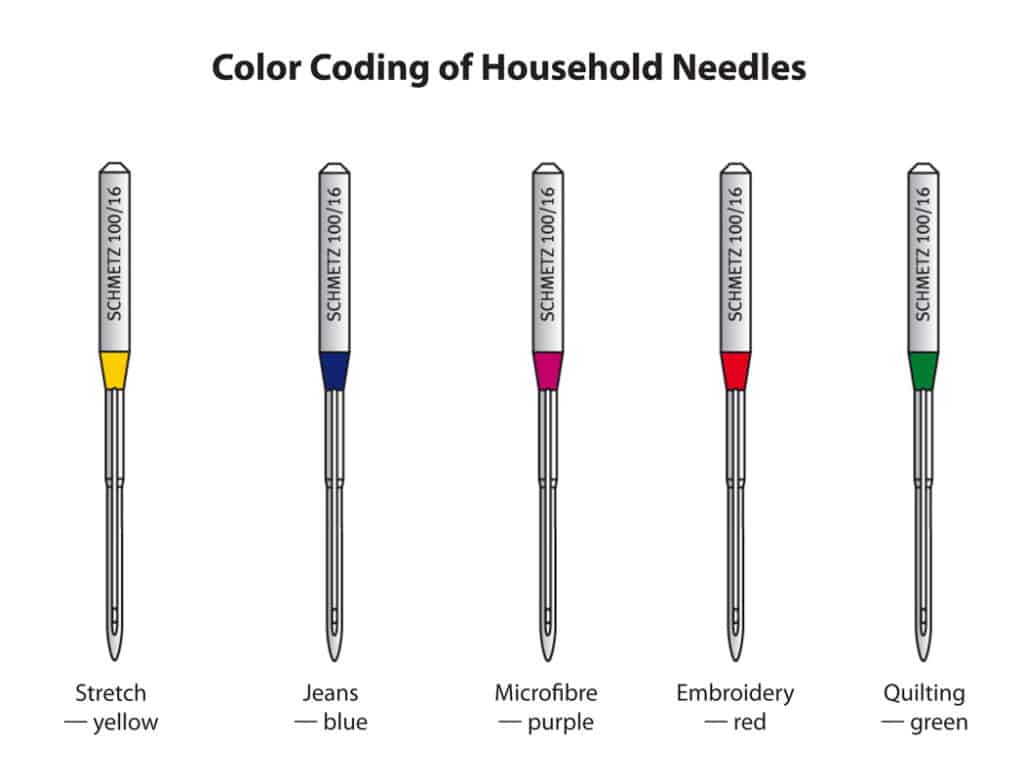
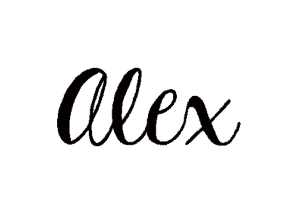
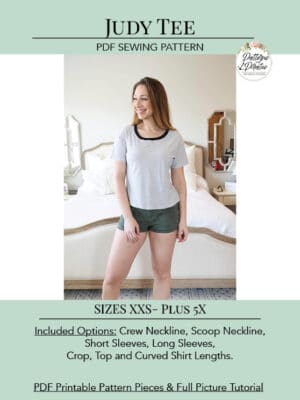
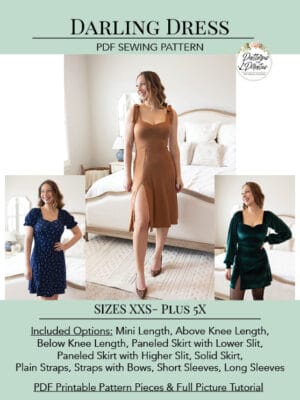
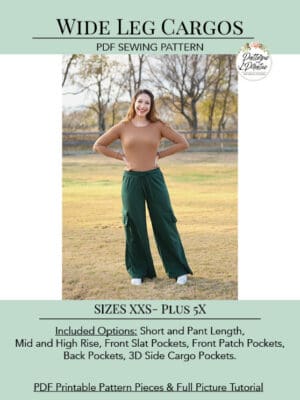
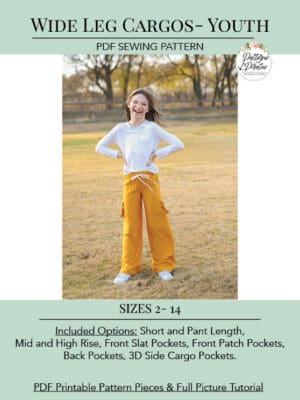
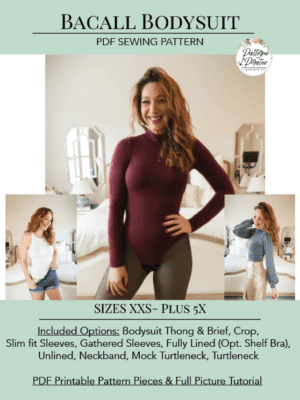
I am so thankful that you went over the different types of needles used for different types of sewing projects and materials. I know that my wife will be happy to hear this when I tell her later today. She has been wanting to get into embroidery, but it unsure of what materials and needles are the best. Thanks for the great advice, it’s very much appreciated!
Hello , I am new to sewing & came across your Pinterest account. Your account is a God send.?I wanted to know if one could use any brand of needles for your machine? I have a brothers sewing machine, could I use a Singer needle set to sew? Thanks.
usually you can use any brand with machines 🙂